Natural Satellites
A natural satellite, also known as a moon, is a celestial body that orbits a planet or a smaller body that orbits a larger one. The Earth's moon is a natural satellite of the Earth, while the planet Jupiter has over 70 natural satellites.
Characteristics of Natural Satellites
- Orbit: Natural satellites orbit around their parent planets in various patterns and distances.
- Size: Natural satellites can range in size from small asteroid-like bodies to large, spherical moons.
- Composition: They can be composed of rock, ice, or a combination of both.
- Gravity: Natural satellites have their own gravitational force, which can affect the tides and the planet they orbit.
Formation of Natural Satellites
Natural satellites are thought to have formed through different processes, including:
- Co-formation: Some natural satellites are believed to have formed at the same time as their parent planets, from the same protoplanetary disk.
- Capture: Others may have been captured by a planet's gravitational pull, as they passed nearby.
- Collision: Moons can also form from the debris created by a collision between a planet and another celestial body.
Study Guide
Here are some key points to remember about natural satellites:
- Define a natural satellite and give examples from the solar system.
- Explain the characteristics of natural satellites, including their size, composition, and orbit.
- Discuss the different theories of how natural satellites are formed.
- Compare and contrast the Earth's moon with a moon of another planet in the solar system.
Remember to study the unique features of specific natural satellites, such as the presence of water on some moons, or the unusual orbits of certain moons around their planets.
.◂Science Worksheets and Study Guides Kindergarten. Pushing, Moving, Pulling
Coloring Worksheet How heavy
How heavy  Coloring Worksheet
Coloring Worksheet How heavy
How heavy  Coloring Worksheet
Coloring Worksheet How Things Move
How Things Move  Coloring Worksheet
Coloring Worksheet How Things Move
How Things Move  Coloring Worksheet
Coloring Worksheet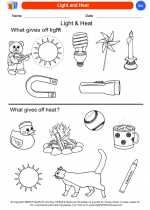 Light and Heat
Light and Heat  Coloring Worksheet
Coloring Worksheet Light and Heat
Light and Heat  Coloring Worksheet
Coloring Worksheet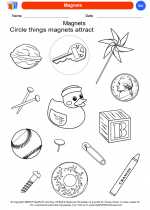 Magnets
Magnets  Coloring Worksheet
Coloring Worksheet Magnets
Magnets  Coloring Worksheet
Coloring Worksheet Pushing and Pulling
Pushing and Pulling  Coloring Worksheet
Coloring Worksheet Pushing and Pulling
Pushing and Pulling  Coloring Worksheet
Coloring Worksheet Simple Machines
Simple Machines  Coloring Worksheet
Coloring Worksheet Simple Machines
Simple Machines  Coloring Worksheet
Coloring Worksheet Sink and Float
Sink and Float  Coloring Worksheet
Coloring Worksheet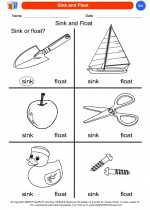 Sink and Float
Sink and Float  Coloring Worksheet
Coloring Worksheet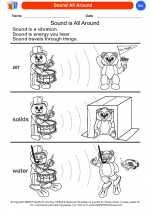 Sound All Around
Sound All Around  Coloring Worksheet
Coloring Worksheet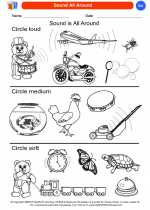 Sound All Around
Sound All Around  Coloring Worksheet
Coloring Worksheet Up and Down
Up and Down  Coloring Worksheet
Coloring Worksheet Up and Down
Up and Down  Coloring Worksheet
Coloring Worksheet Wheels
Wheels  Coloring Worksheet
Coloring Worksheet Wheels
Wheels 

 Coloring Worksheet
Coloring Worksheet
 Coloring Worksheet
Coloring Worksheet
 Coloring Worksheet
Coloring Worksheet
 Coloring Worksheet
Coloring Worksheet
 Coloring Worksheet
Coloring Worksheet
 Coloring Worksheet
Coloring Worksheet
 Coloring Worksheet
Coloring Worksheet
 Coloring Worksheet
Coloring Worksheet
 Coloring Worksheet
Coloring Worksheet
 Coloring Worksheet
Coloring Worksheet
 Coloring Worksheet
Coloring Worksheet
 Coloring Worksheet
Coloring Worksheet
 Coloring Worksheet
Coloring Worksheet
 Coloring Worksheet
Coloring Worksheet
 Coloring Worksheet
Coloring Worksheet
 Coloring Worksheet
Coloring Worksheet
 Coloring Worksheet
Coloring Worksheet
 Coloring Worksheet
Coloring Worksheet
 Coloring Worksheet
Coloring Worksheet
